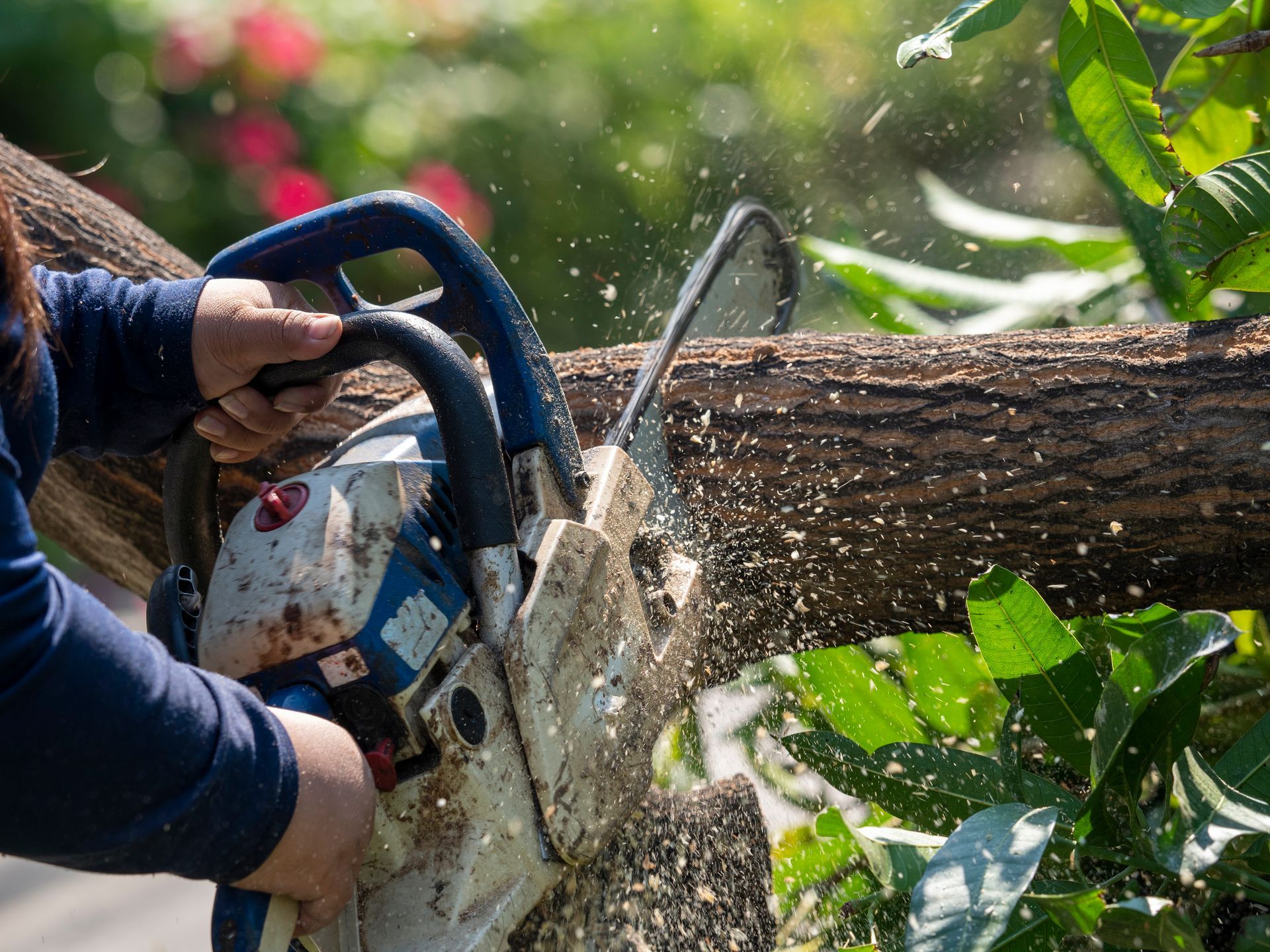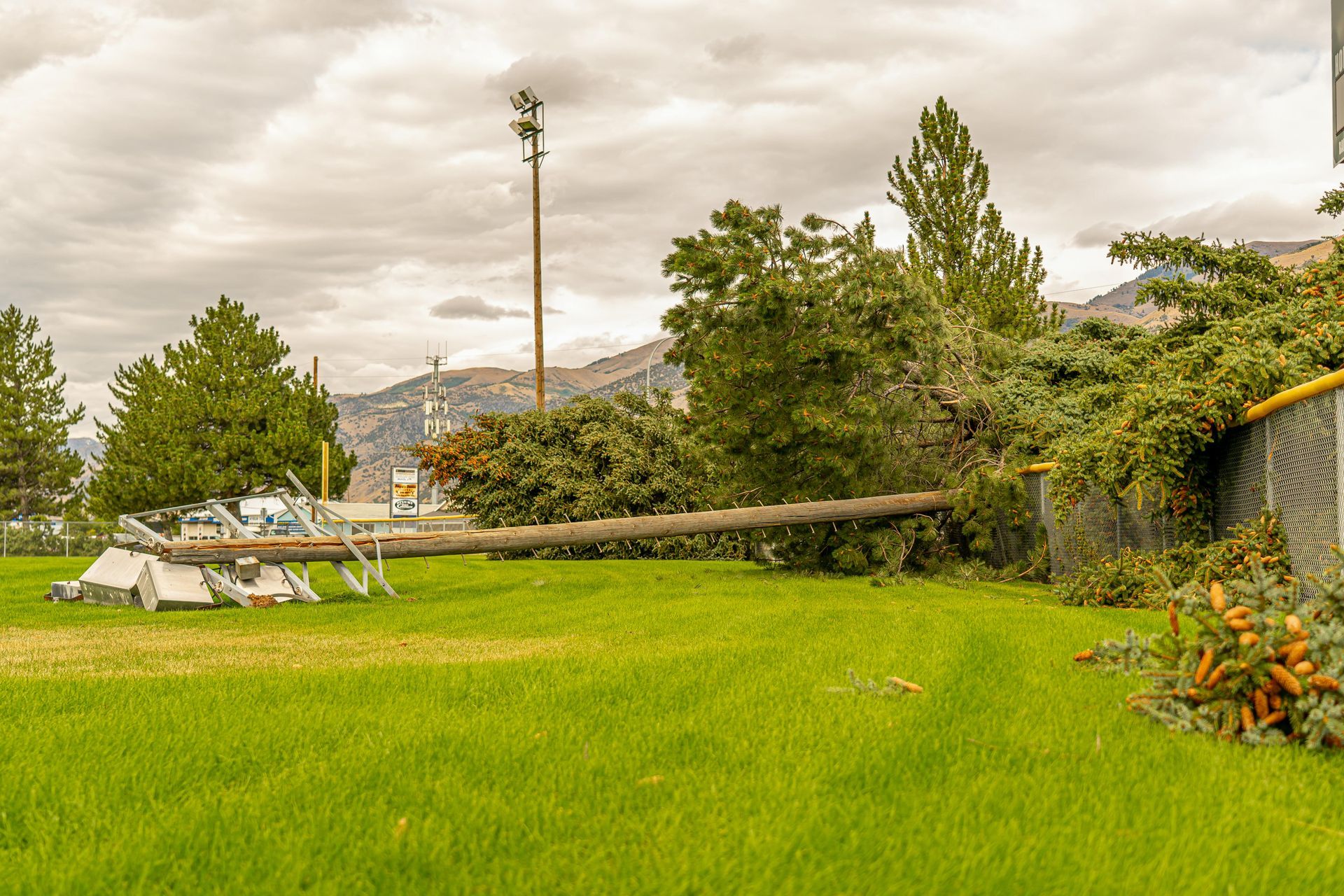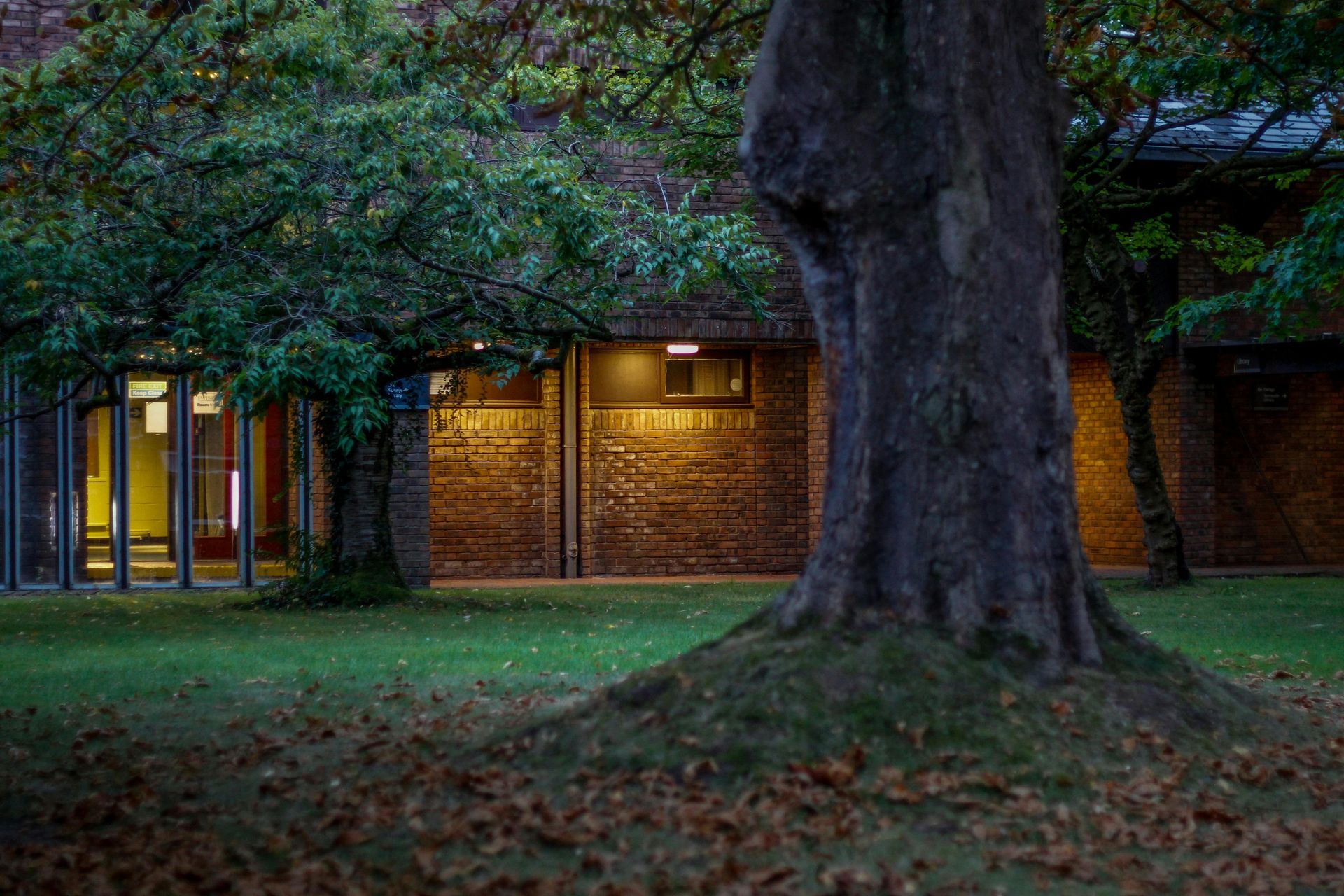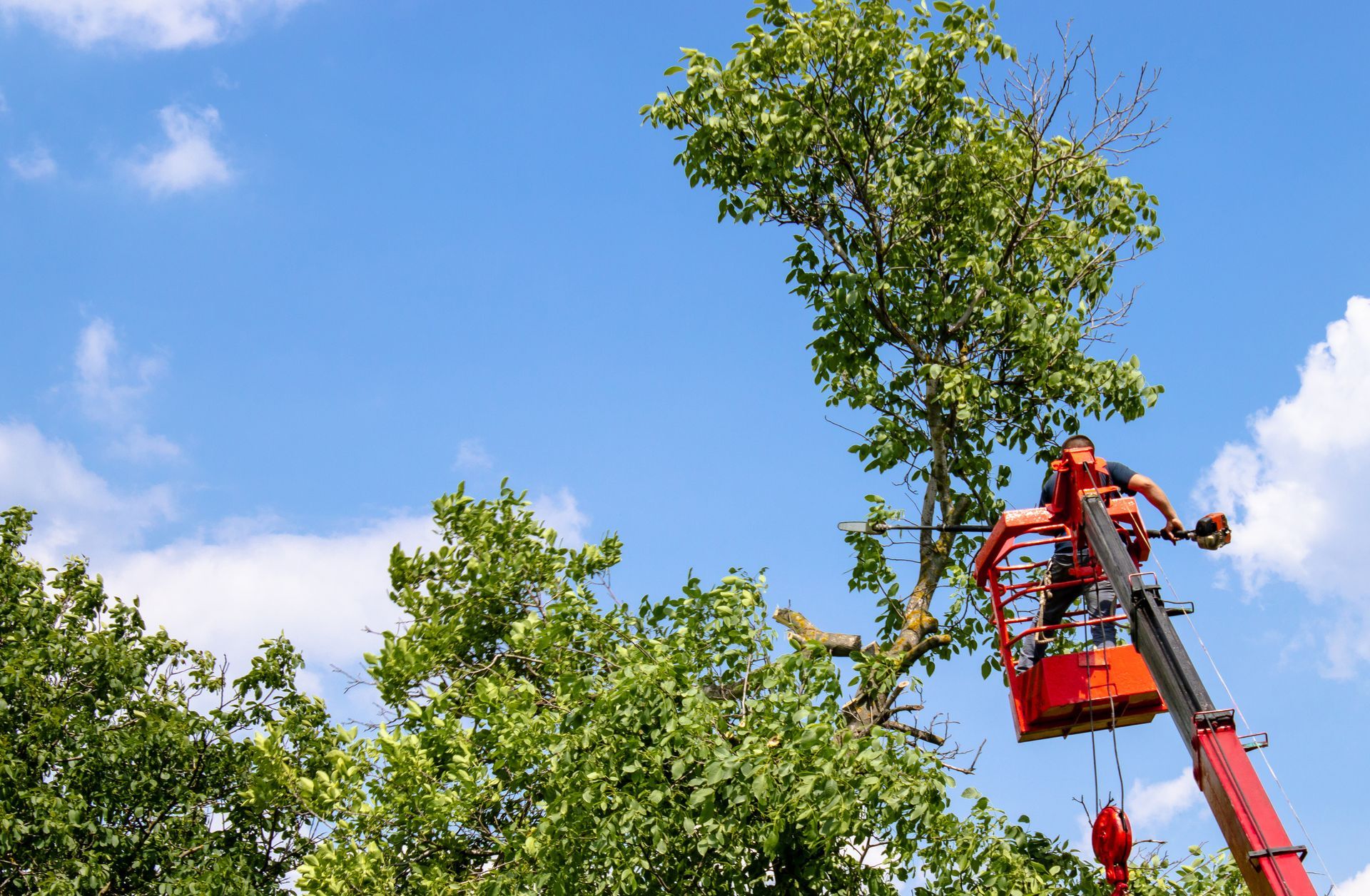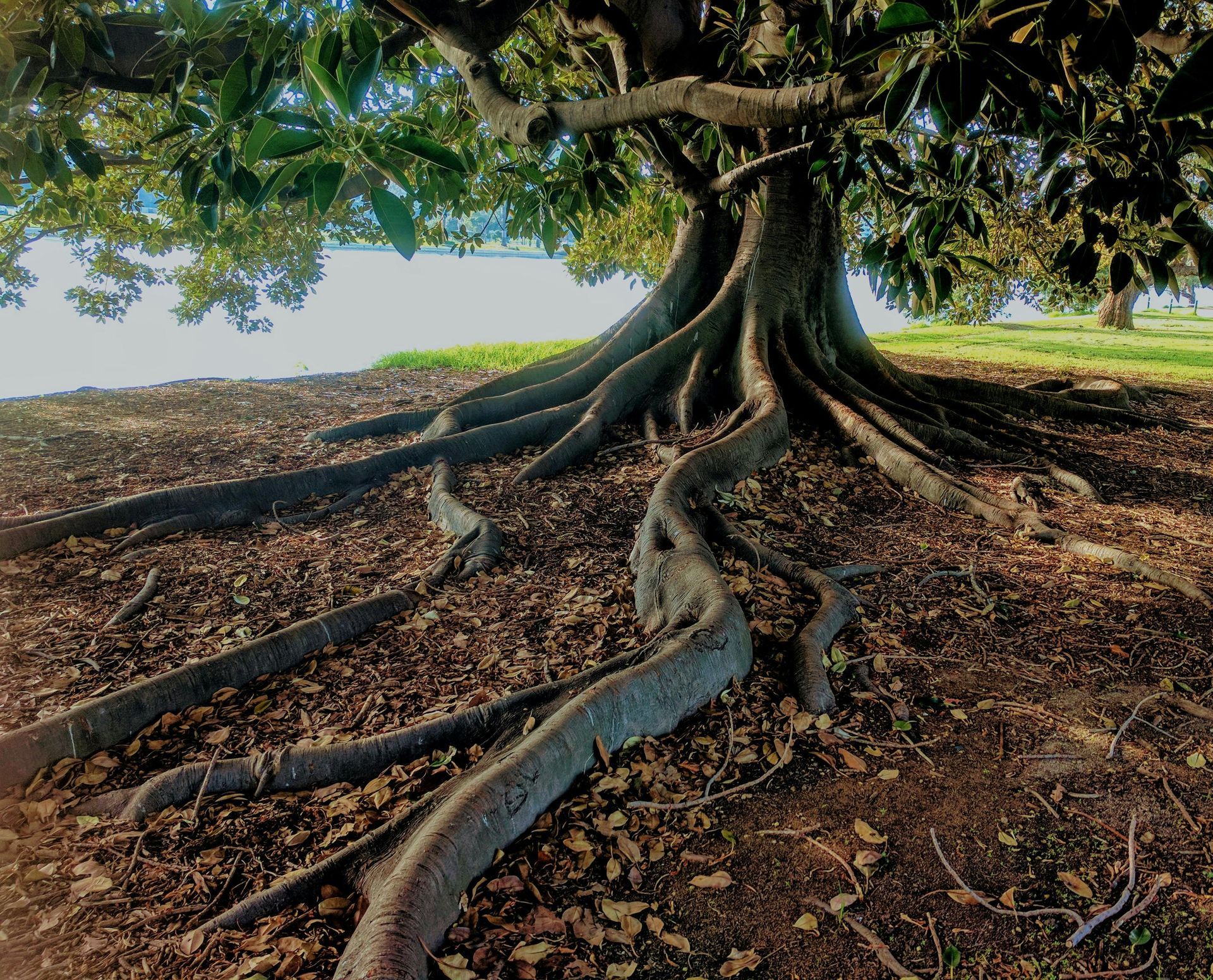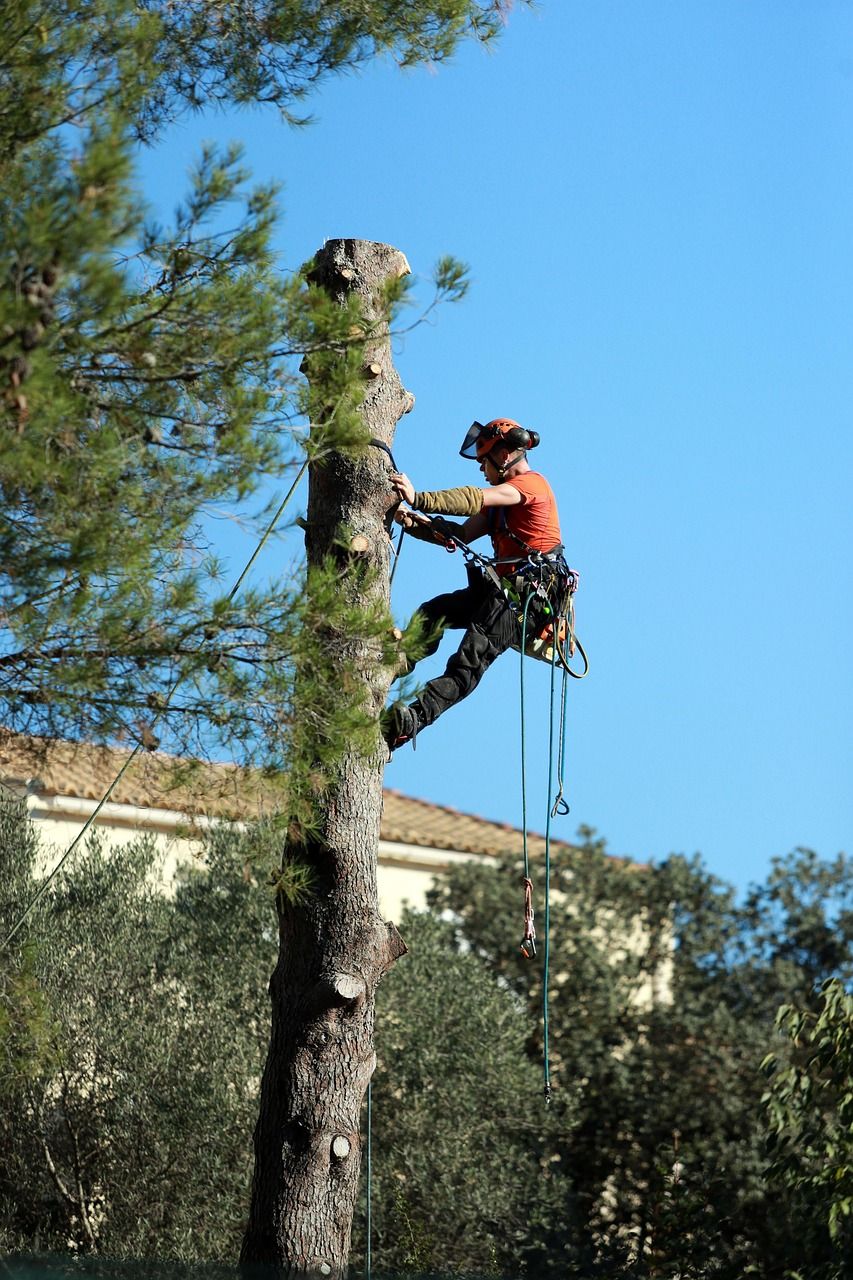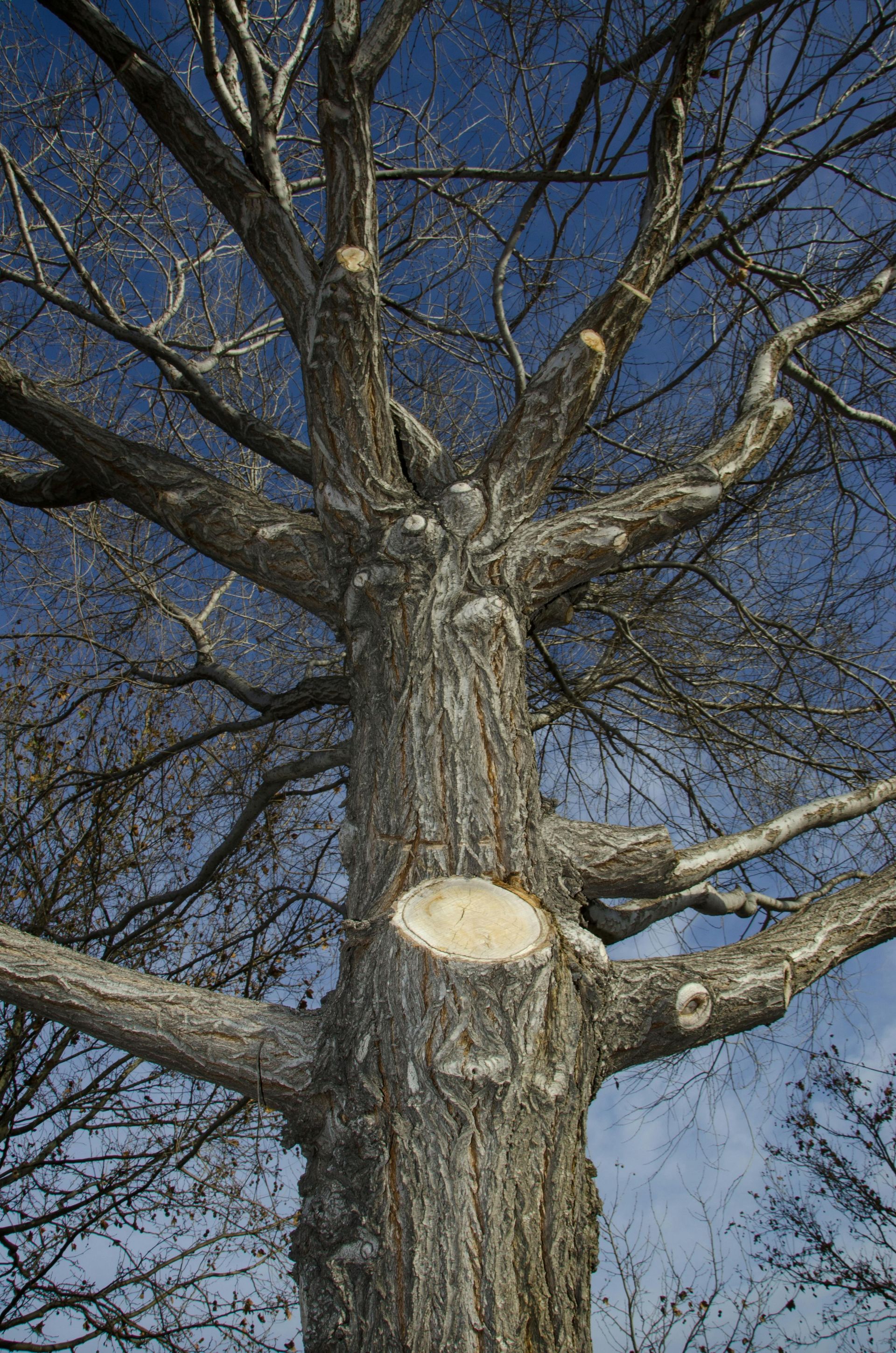Richis Tree Service, LLC
Safe and Sound: Tree Removal Safety Tips to Protect Your Property and Yourself
The allure of towering trees gracing our landscapes is undeniable, creating a picturesque backdrop for our homes and communities. However, when it becomes necessary to bid farewell to these arboreal giants, safety should be the paramount concern. The removal of trees, if not executed with caution and precision, can lead to a cascade of undesirable outcomes, ranging from property damage to personal injuries or worse.
In this comprehensive guide, we aim to shed light on the myriad of crucial tree removal safety tips that go beyond the surface, providing you with in-depth insights to safeguard your property and yourself during this essential process. Understanding the intricacies of tree removal safety is akin to holding the key to a secure and well-orchestrated operation, ensuring that every step is taken with a meticulous focus on minimizing risks.
At
Richis Tree Service, LLC, our commitment extends beyond merely offering efficient tree removal services. We recognize the importance of prioritizing a secure and stress-free experience for our clients. Whether you're dealing with a hazardous tree, require routine maintenance, or seek professional guidance, our seasoned experts are here to assist. Should you require expert assistance or have inquiries regarding tree removal safety, feel free to reach out to us at
(720) 987-5606. At the heart of our mission is a commitment to prioritize your safety and satisfaction.
City skyline
Assessing the Situation
Before embarking on the tree removal journey, conduct a thorough assessment to mitigate potential risks:
- Identify Dead or Diseased Trees: The first step is recognizing signs of distress in the tree, such as brittle branches, visible fungi, or large dead patches on the trunk. These indicators can signify structural instability, making the tree removal process more hazardous.
- Evaluate the Tree's Lean: Understanding the direction in which the tree leans is crucial for planning the felling direction. This knowledge allows for strategic positioning to avoid obstacles and ensure a controlled descent.
- Check for Obstacles: Survey the surrounding area for potential obstacles, including nearby structures, power lines, and other trees. By identifying these elements, you can plan the removal process to minimize the risk of property damage or utility line interference.
Proper Tools and Equipment
Selecting and using the right tools and equipment is fundamental for a safe and efficient tree removal process:
- Chainsaws and Safety Gear: Ensure your chainsaw is in optimal working condition, and don't compromise on safety gear. Equip yourself with a helmet, goggles, gloves, and sturdy footwear to protect against potential hazards.
- Ropes and Rigging: Use ropes strategically to guide the tree's fall in a controlled manner. Familiarize yourself with proper rigging techniques to enhance safety and precision during the removal process.
- Ladders and Platforms:
When dealing with taller trees, utilize stable ladders or platforms to reach higher branches. Never attempt to use a chainsaw while positioned on an unstable surface, as this significantly increases the risk of accidents.
Establish a Safety Zone
Creating a designated safety zone is paramount to safeguarding yourself, bystanders, and property:
- Mark the Area: Clearly mark the tree removal area with caution tape or cones to signal danger and prevent accidental entry. This simple yet effective step ensures that bystanders are aware of potential risks.
- Keep Bystanders Away: Communicate with family members, neighbors, and passersby, instructing them to maintain a safe distance from the removal site. Falling branches or the tree itself can cause serious injuries, making it essential to minimize the risk of accidents.
- Coordinate with Professionals:
For more extensive or complex tree removals, consider enlisting the assistance of professionals like Richis Tree Service, LLC. Our experienced team ensures a systematic and secure removal process, prioritizing the safety of all involved.
Follow Proper Cutting Techniques
Adhering to precise cutting techniques is crucial to minimizing the risk of accidents during the tree removal process:
- Begin with Limbing: Start the removal process by removing smaller branches first, reducing the weight and making the subsequent steps more manageable. This gradual approach enhances control and safety.
- Controlled Felling: Plan the direction of the tree's fall and make the necessary cuts to guide its descent. Avoid cutting too deeply into the trunk, as this can compromise control and lead to unpredictable behavior.
- Watch for Warning Signs:
Throughout the removal process, remain vigilant for warning signs, such as cracking sounds or unexpected movements in the tree. If these signs manifest, promptly retreat to a safe distance to avoid potential harm.
Stump Removal Considerations
Even after the tree is down, safety considerations persist during the stump removal phase:
- Use the Right Equipment: Stump removal often involves grinding, requiring specialized equipment. Ensure the stump grinder is in good condition and adhere to safety guidelines to minimize the risk of accidents.
- Protective Clothing: Wear appropriate protective clothing, including goggles and ear protection, during the stump removal process. Flying debris and loud noises are common hazards, and protective gear is essential for minimizing the associated risks.
- Proper Disposal:
Responsible disposal of stump debris is crucial to preventing tripping hazards in your yard. Consult with professionals for eco-friendly disposal options, ensuring a clean and safe post-removal landscape.
Conclusion
Embarking on the journey of tree removal is a significant undertaking that demands meticulous planning and precise execution. It's crucial to prioritize the safety of your property and all individuals involved in this intricate process. As you navigate through this task, comprehensive safety measures become the cornerstone for success, allowing you to tackle potential risks associated with tree removal proactively.
By steadfastly adhering to these comprehensive safety tips, you not only enhance the security of your property but also transform the entire removal process into a controlled and well-managed experience. The strategic application of these guidelines ensures that each step is taken with a keen awareness of potential hazards, minimizing risks and fostering an environment of safety throughout the tree removal operation.
At
Richis Tree Service, LLC, we deeply understand the paramount importance of safety in every facet of tree removal. Beyond providing efficient tree removal services, our commitment extends to ensuring your experience is smooth, worry-free, and, most importantly, secure. Should you have any questions, concerns, or require professional assistance in navigating the complexities of tree removal, please do not hesitate to contact us at
(720) 987-5606. Your safety remains our unwavering top priority, and we are here to guide you through every step of the process.

